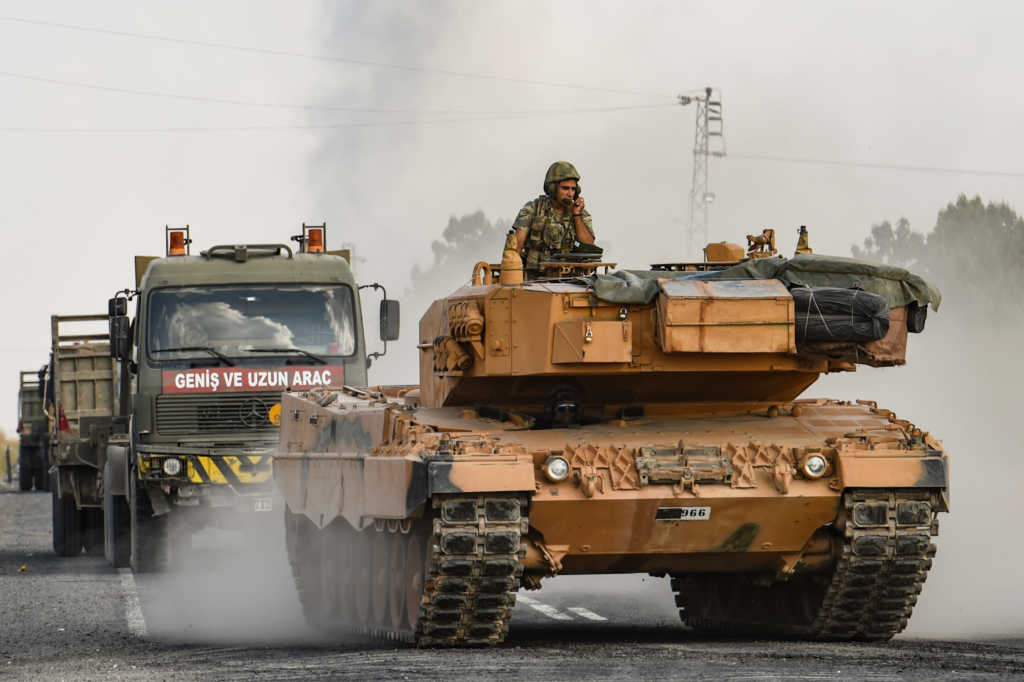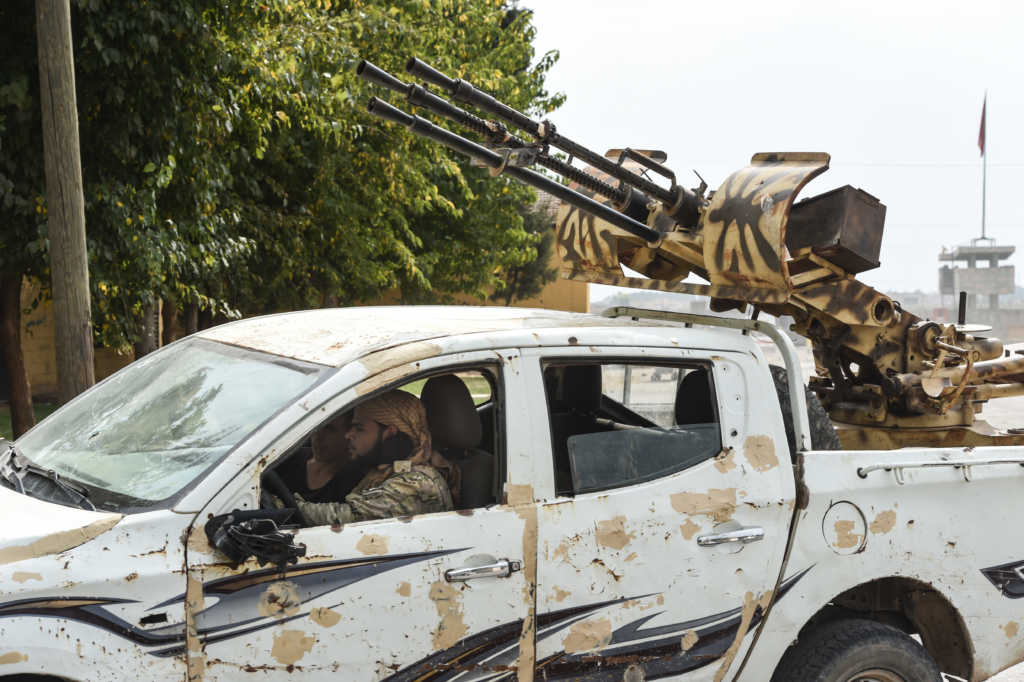The Plight of Ancient Christians in Northeast Syria

Photo by Burak Kara/Getty Images By Sanharab Barsoum The views expressed in this commentary piece are those of the author and do not necessarily represent those of Faithwire.
Outside of Tel Temir in northeast Syria, the ruins of the formerly magnificent Tel Nesri church stand stark against the sky, its shattered dome and cracked walls a testament to the brutal history of the region. Tel Nesri used to be a Christian settlement of 70 families, part of the multi-ethnic tapestry of the region, where a quarter of a million Christians lived alongside the Kurdish, Arab, Armenian, Turkmen, Yezidi and Circassian communities. When ISIS forces swarmed across the region in 2014 and 2015, targeting Christians with executions, kidnapping, sex slavery and destruction of places of worship, the Christian community fled the region, seeking safety in other regions or abroad. Between 100,000-150,000 Christians were either killed or fled abroad as refugees. Advertisement The roots of the Christian community in North and East Syria are deep. Syriacs as an ethnicity were living here before Christianity appeared in the region. Assyrian Christians were among the founders of cities such as Hasakah and Tel Tamer, whereas many Armenian Christians sought refuge in Tel Abyad, Ras Al Ain, Qamishlo and Derik during the Ottoman genocide of 1915, when the “Young Turks” killed over a one and half million Armenians, and more than seven hundred and fifty thousands of Syriacs.Far before the existence of Syria as a state, Syriac Christians, Kurds and Arabs shared a homeland, and it is this history that the democratic project of the Autonomous Administration of North and East Syria is striving to rebuild. This attempt to build an alternative to the sectarianism and fundamentalism that has plagued the Middle East for decades is the foundation of the political project of the Autonomous Administration of North and East Syria. Here, religious freedom is respected and democratic political structures include all of the religious and ethnic minorities of the region. Christians such as myself hold top leadership positions within the Administration, and Christian social, religious and political institutions are active in civil society. Syriac is recognised as an official language, and in areas with large Syriac populations, schools teach Kurdish, Arabic and Syriac to students. In Qamishlo, the de facto capital of North and East Syria, Kurdish, Arabic and Syriac are used in official documents and street signs. Advertisement With the defeat of ISIS by the Syrian Democratic Forces and the establishment of the Autonomous Administration of North and East Syria, many Christians returned to the cities and villages which they had fled from. They were reunited with those who had stayed to fight ISIS and mourned those who lost their lives in the fight. We are proud to have built up the political project here, one that accepts all people who exist in this area regardless of religion or nationality. We have worked to overcome historic tensions and create a different kind of society, in which we can all live in peace and harmony. In contrast, the future of Christians in North and East Syria if the international community does not intervene to stop the Turkish invasion is bleak. Like the Kurds, Christians in Turkey have been victims of genocide and repression.

Erdogan’s Turkey is based on nationalism and fundamentalism; he wants to demographically engineer North and East Syria for his own benefit, at the expense of the Christians, Yezidis and Kurds. What happened in Afrin following the Turkish-backed invasion and occupation of 2018 is a grim example of what will happen to all of North and East Syria if Turkey is successful in its invasion. The Christian community of Afrin, which is still occupied by Turkish-backed forces, has had to flee the region following the destruction of churches and religious sites and threats of massacre.

Already the Turkish invasion has caused damage to our Christian community, and Syrian Christians are among the casualties of the attacks thus far. Turkish bombardment targetted the predominantly Christian village of Pirik in the countryside of Derik city (Al Malikiyah) and the Christian neighbourhood of Bishrefiye in the border city of Qamishlo. The towns of Ras al Ain and Tel Abyad are seeing the heaviest fighting for the war, and the Christian communities have had to flee alongside the whole civilian population.
